ESOMAR Connect: Shaping tomorrow’s insights in Vietnam – hosted by Cimigo
Jun 05, 2025
Join us for ESOMAR Connect: Shaping tomorrow’s insights in Vietnam on Thursday, June 26th at
Vietnam PMI June 2025 – manufacturing purchasing managers index
Cimigo Vietnam market research has collected the Vietnam PMI – manufacturing purchasing managers index since 2013. S&P Global compiles the Vietnam PMI S&P Global from responses to monthly questionnaires sent to purchasing managers in a panel of around 400 manufacturers.
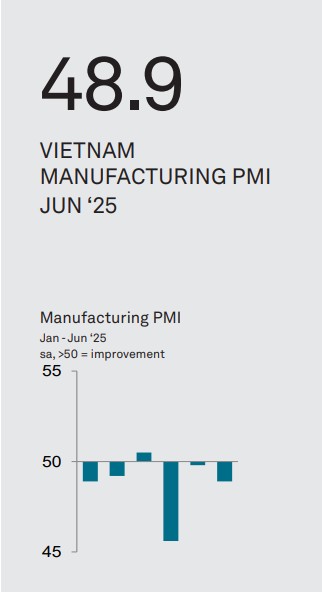
Vietnamese manufacturers continued to face worsening demand conditions in June. This was particularly the case with regards to exports as panellists reported that US tariffs had caused a sharp drop in new business from abroad. With new orders down, firms scaled back employment, purchasing
and inventories. That said, manufacturing production continued to increase slightly, while business confidence strengthened.
On the price front, input costs rose slightly following a fall in May, feeding through to a first increase in selling prices in 2025 so far.
The S&P Global Vietnam Manufacturing Purchasing Managers’ Index™ (PMI®) dropped to 48.9 in June from 49.8 in May, posting below the 50.0 no-change mark for the third month running and signalling a modest deterioration in business conditions as the first half of the year drew to a close.
Central to the latest worsening in the overall health of the sector was a third successive fall in new orders. New business decreased modestly in June, but at a faster pace than in May.
Demand conditions worsened particularly sharply in export markets, with new business from abroad declining to a much larger degree than total new orders. In fact, the fall in new export business was the joint-fastest since September 2021, equal with that seen in May 2023. A number of respondents indicated that US tariffs had been behind the fall in new export orders.
The fall in total new orders fed through to reductions in employment, purchasing and inventory holdings in June. Staffing levels decreased for the ninth month running and at a marked pace that was much faster than that seen in May. Firms were still able to deplete backlogs of work, and at a solid rate. The slight fall in purchasing activity in June followed a similarly-sized increase in May, and was the third reduction in the past four months.
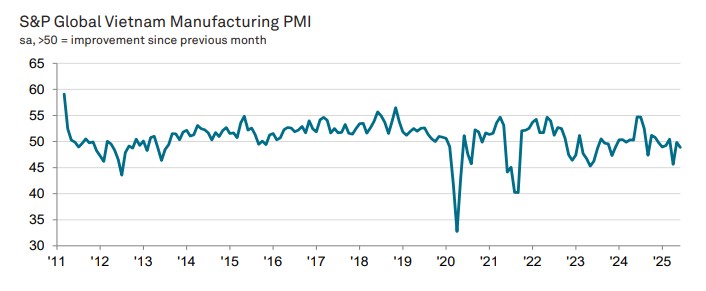
Stocks of both purchases and finished goods were scaled back to larger extents at the end of the second quarter, with rates of decline the most marked in nine and five months respectively. Despite ongoing demand weakness, manufacturers continued to increase their production volumes in June. Output rose for the second month running, albeit only slightly and at a slower pace than in May.
Input costs increased in June, following a first decline in almost two years during May. That said, the rate of inflation was only slight and weaker than the series average. Where input costs rose, panellists linked this to material shortages and a depreciation of the dong versus the US dollar. Material shortages also contributed to a lengthening of suppliers’ delivery times, with poor weather conditions and transportation delays also among the factors resulting in longer lead times. Vendor performance deteriorated solidly, and to the largest degree since February.
The renewed increase in input costs led manufacturers to raise their output prices, thereby ending a five-month sequence of decline. The pace of inflation was only marginal, however.
Finally, business confidence continued to recover from the 44-month low seen in April. Hopes for more stable market conditions and a reduction in trade tensions were among the factors supporting the optimistic outlook, which was nonetheless weaker than the series average.
Approach
The S&P Global Vietnam Manufacturing PMI® is compiled by S&P Global from responses to monthly questionnaires sent to purchasing managers in a panel of around 400 manufacturers. The panel is stratified by detailed sector and company workforce size, based on contributions to GDP.
Survey responses are collected by Cimigo Vietnam in the second half of each month and indicate the direction of change compared to the previous month. A diffusion index is calculated for each survey variable. The index is the sum of the percentage of ‘higher’ responses and half the percentage of ‘unchanged’ responses.
The indices vary between 0 and 100, with a reading above 50 indicating an overall increase compared to the previous month, and below 50 an overall decrease. The indices are then seasonally adjusted.


ESOMAR Connect: Shaping tomorrow’s insights in Vietnam – hosted by Cimigo
Jun 05, 2025
Join us for ESOMAR Connect: Shaping tomorrow’s insights in Vietnam on Thursday, June 26th at

How Indonesians perceive and use AI: a Snapshot from everyday life
Jun 10, 2025
Artificial Intelligence (AI) is no longer a futuristic concept; it has become an increasingly

Indonesia consumer trends 2025
May 11, 2025
Indonesia consumer trends 2025 highlights eight key reasons why Indonesia is poised for a rebound.

Kevin McQuillan - Chief Marketing Officer
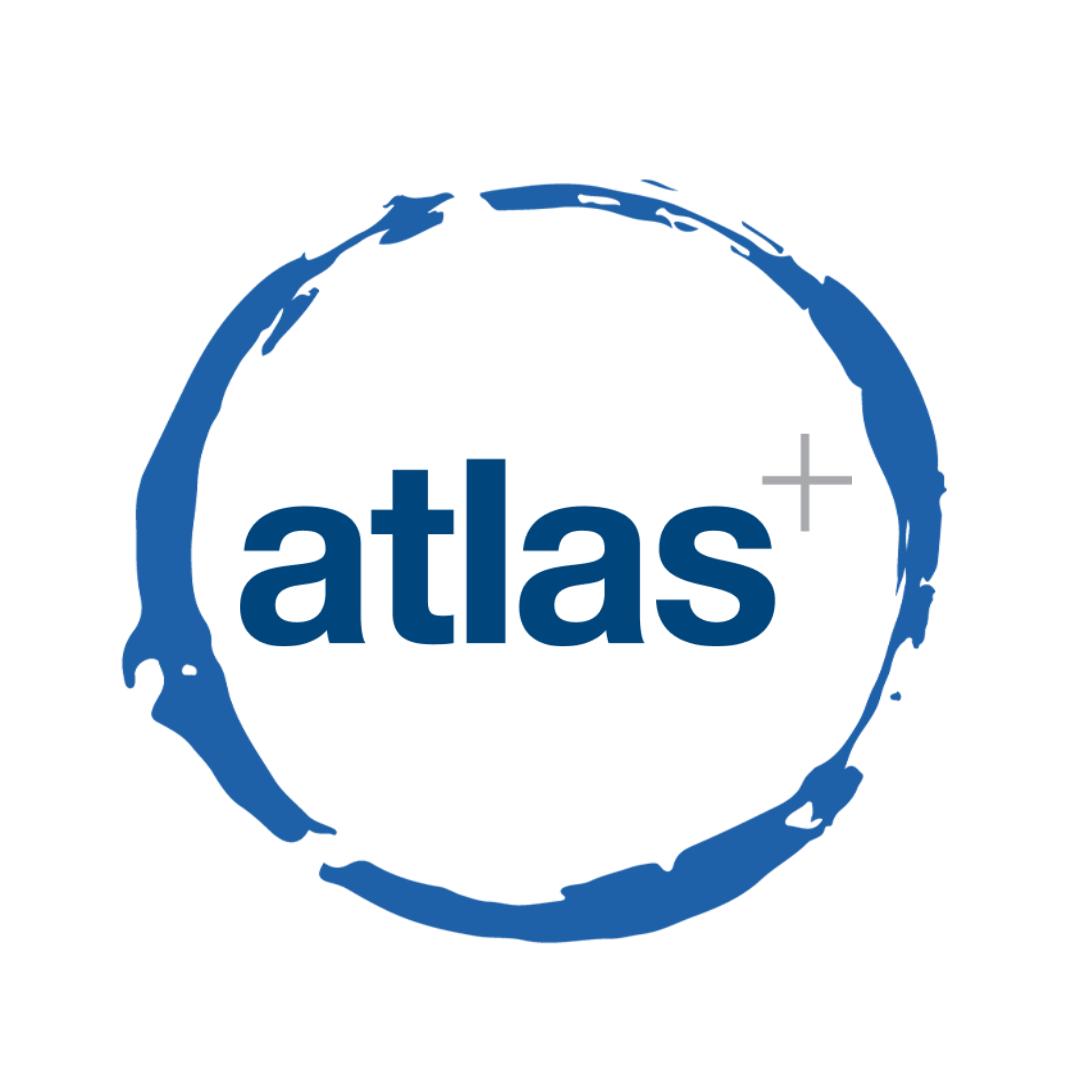
Sam Houston - Chief Executive Officer

Minh Thu - Consumer Market Insights Manager
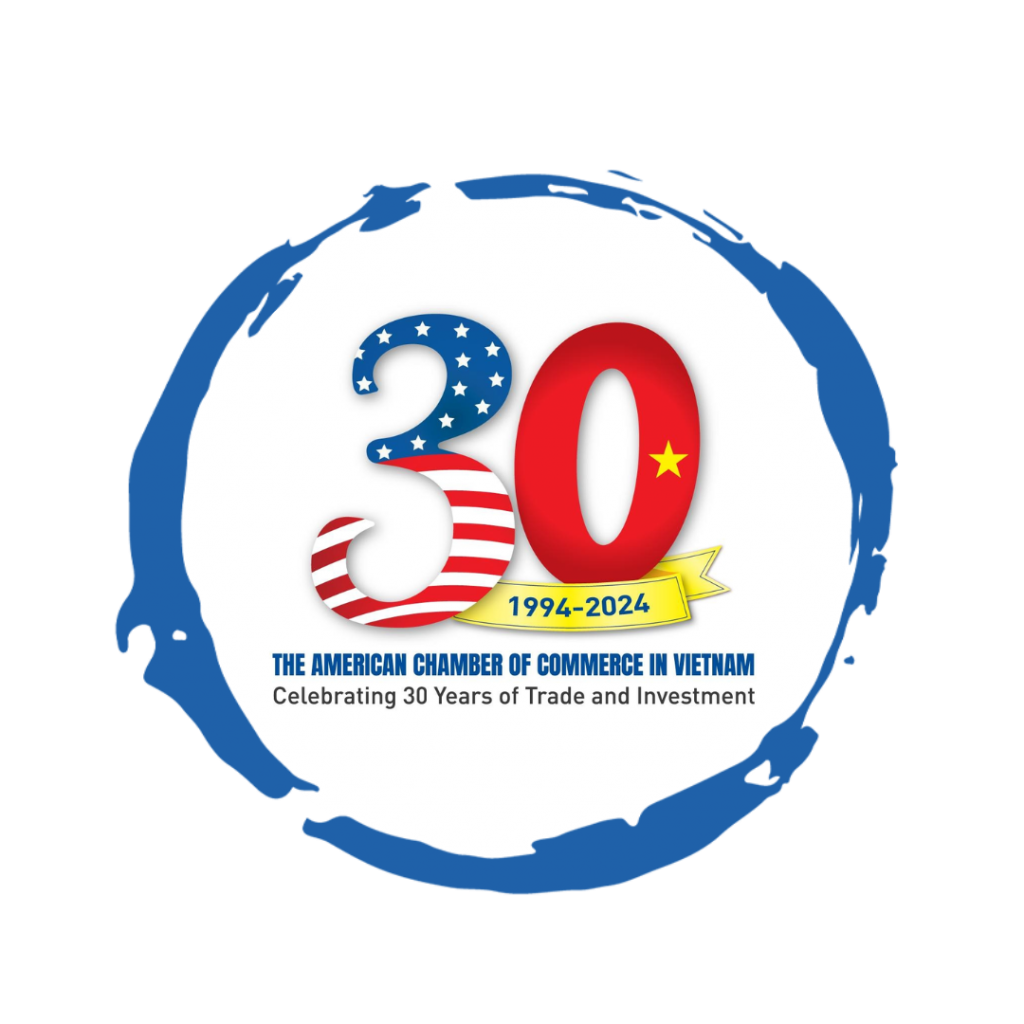
Travis Mitchell - Executive Director
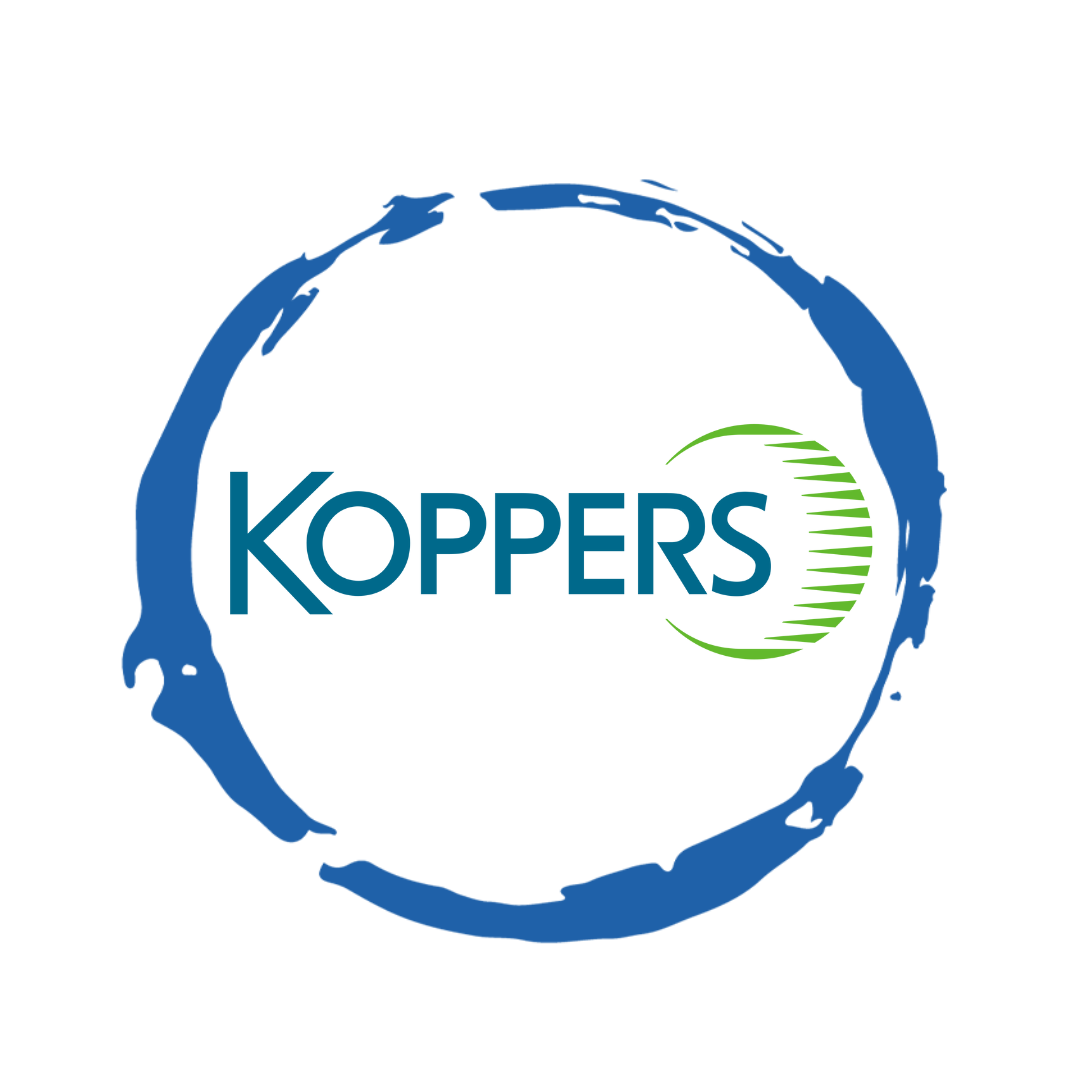
Malcolm Farmer - Managing Director

Hy Vu - Head of Research Department
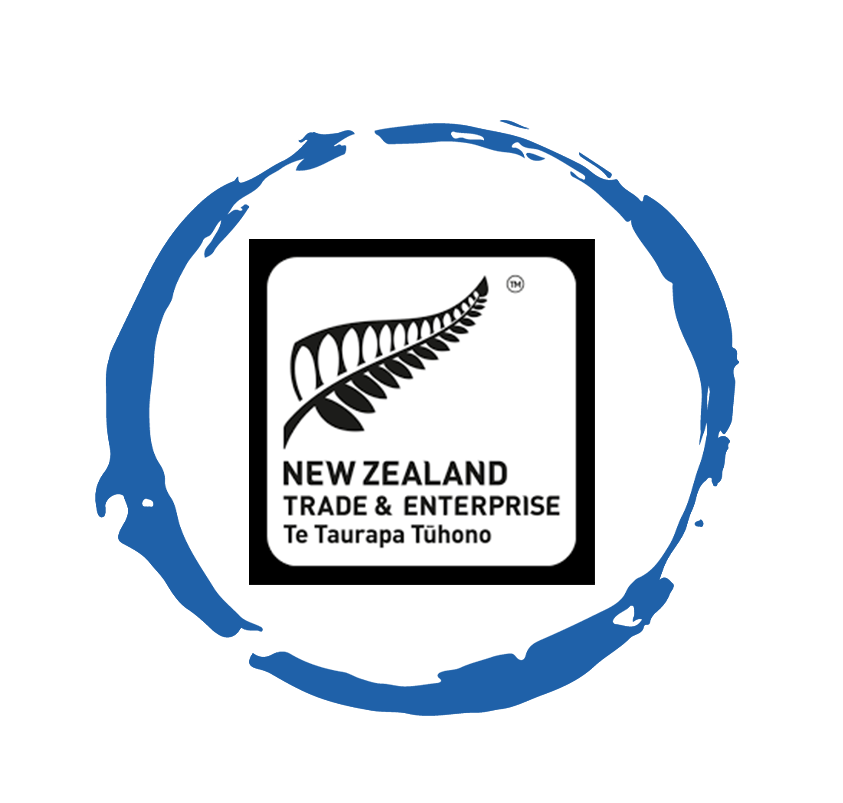
Joe Nelson - New Zealand Consulate General
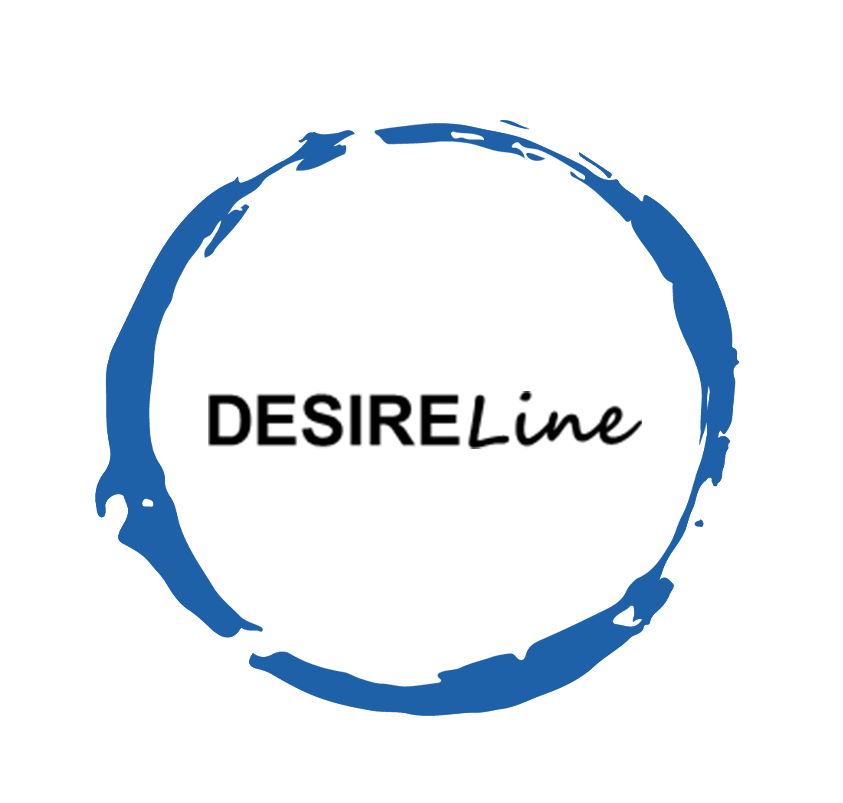
Steve Kretschmer - Executive Director
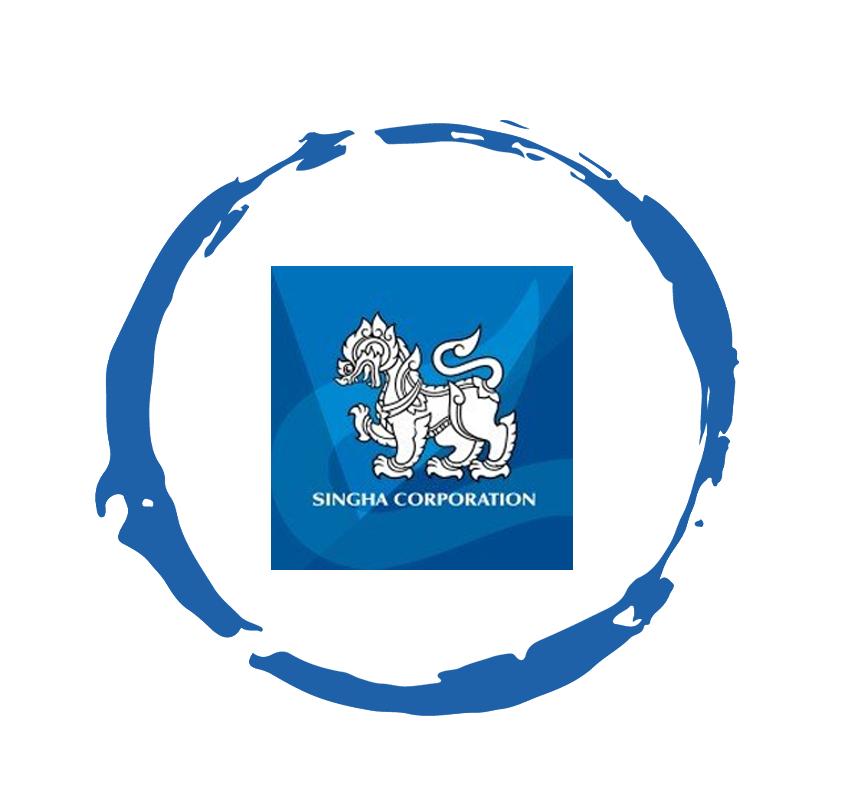
York Spencer - Global Marketing Director
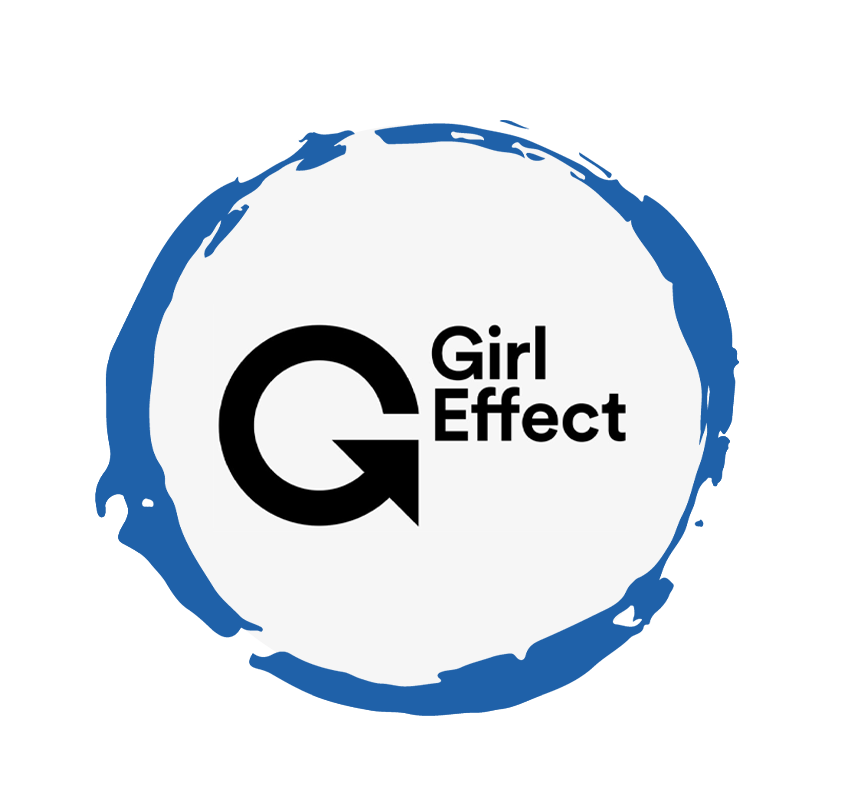
Laura Baines - Programmes Snr Manager
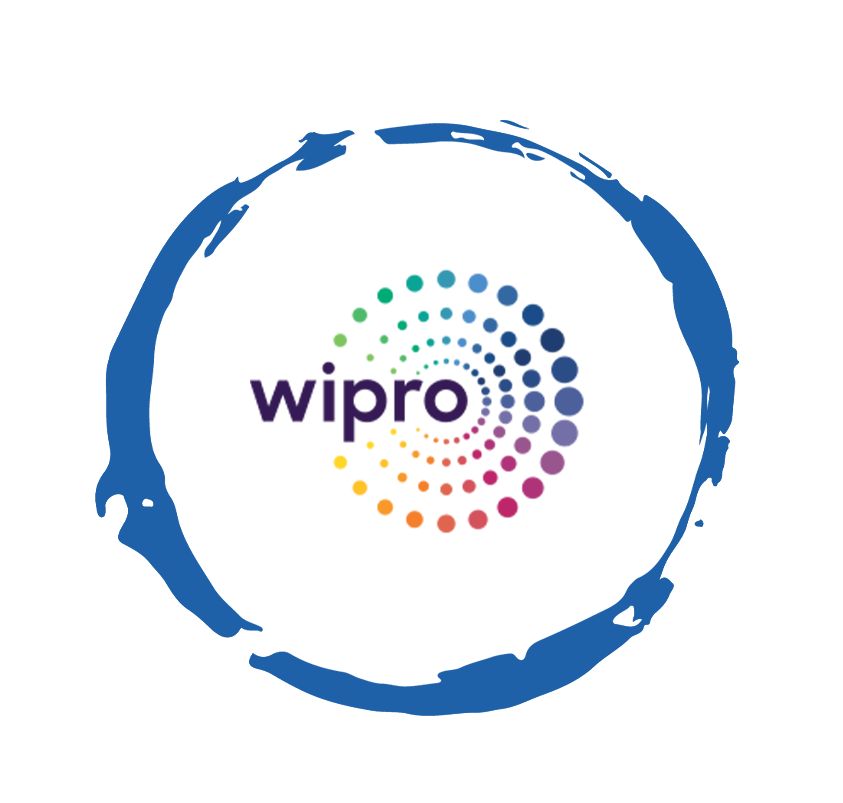
Mai Trang - Brand Manager of Romano

Hanh Dang - Product Marketing Manager
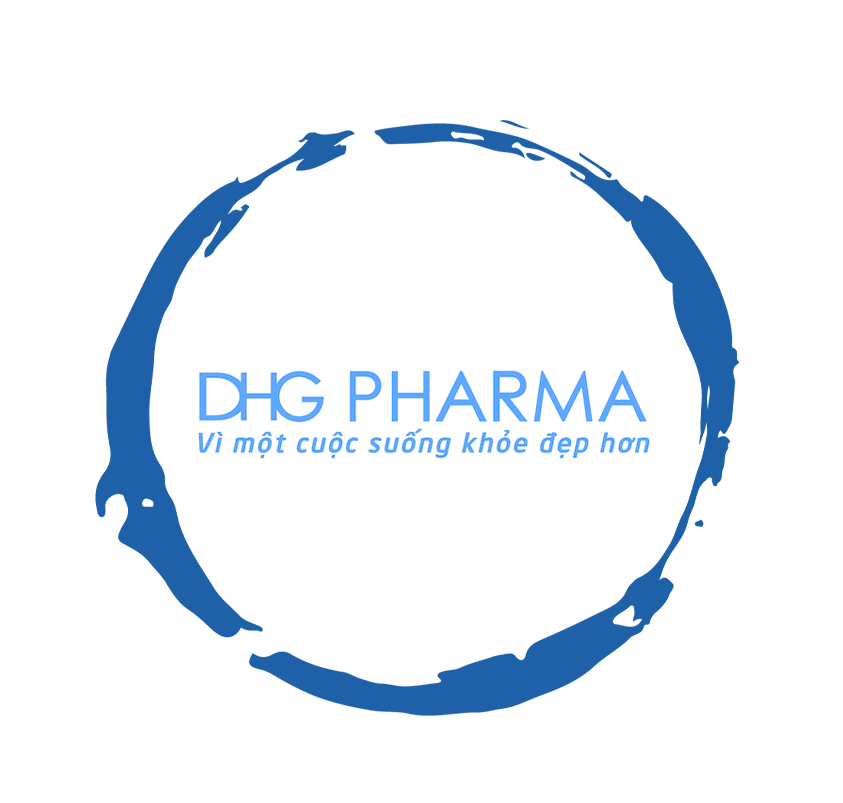
Luan Nguyen - Market Research Team Leader
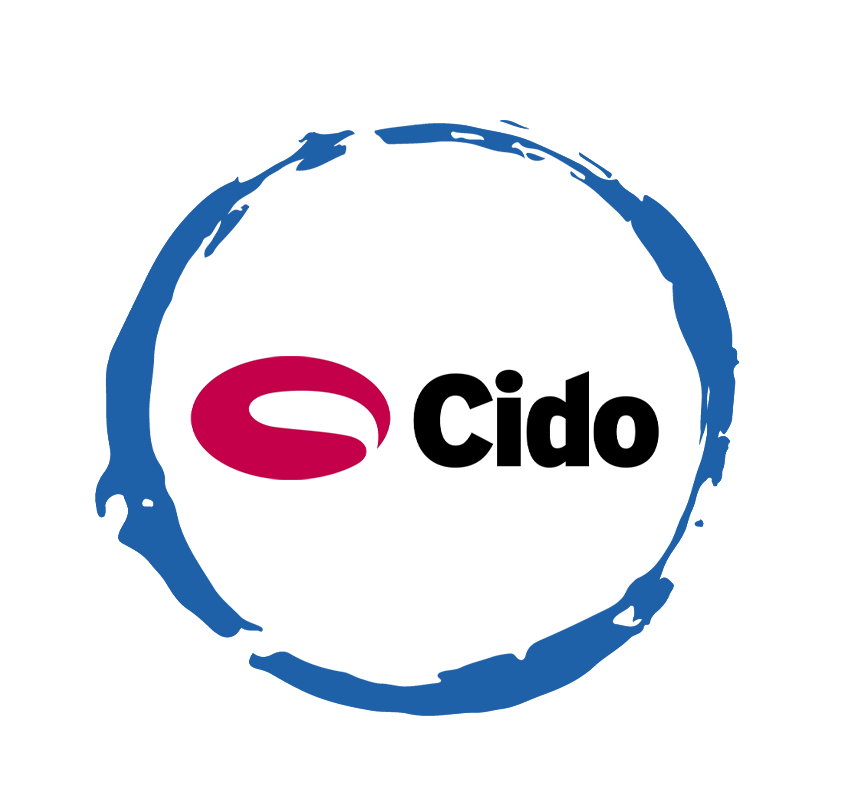
Max Lee - Project Manager
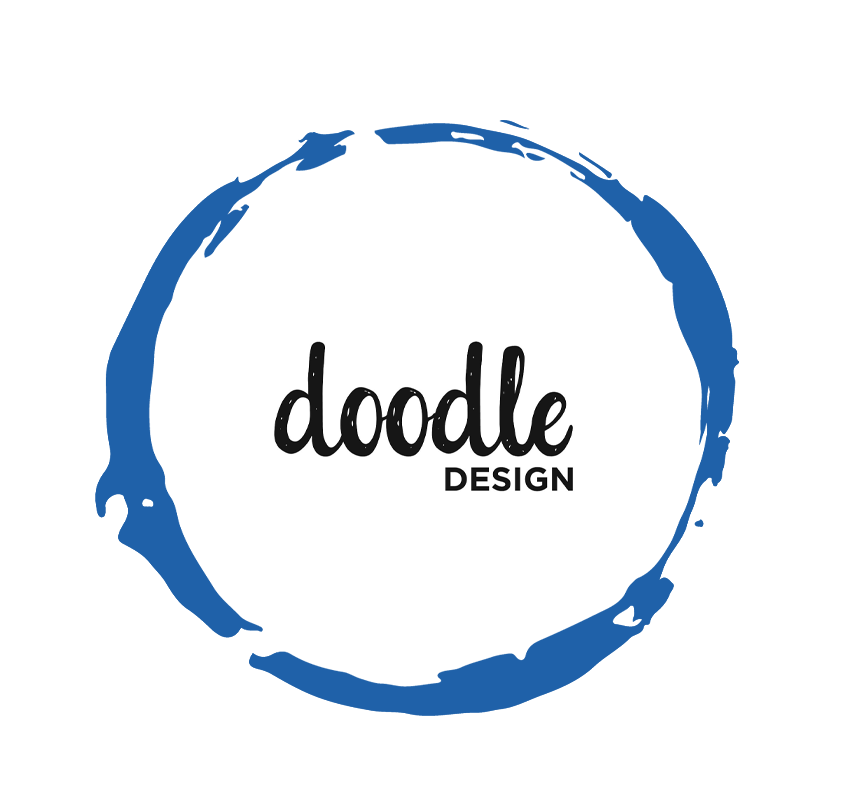
Chris Elkin - Founder

Ronald Reagan - Deputy Group Head After Sales & CS Operation
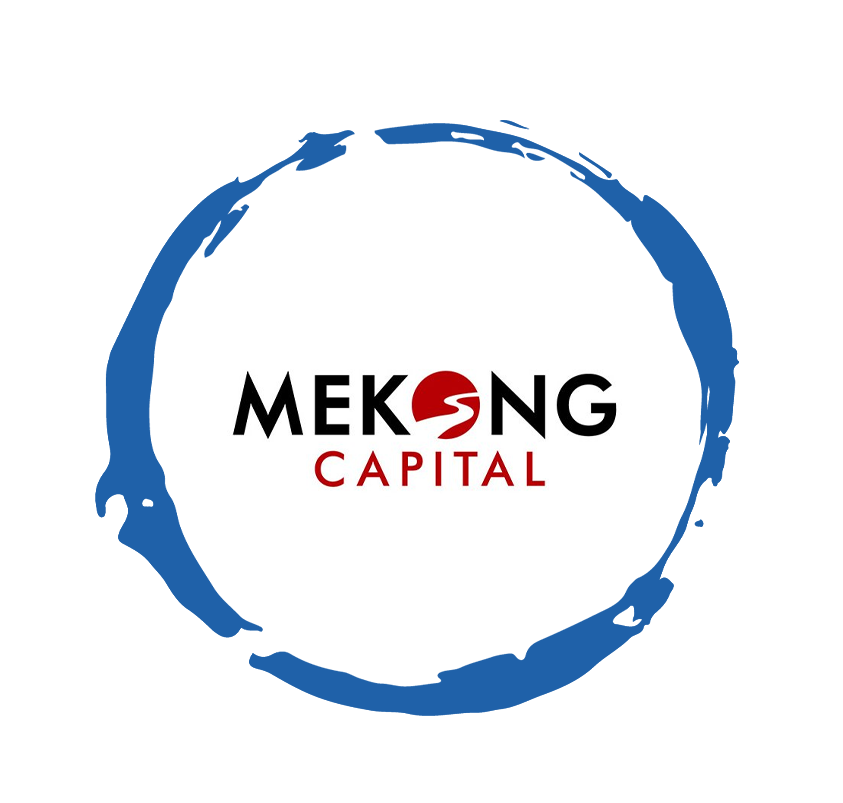
Chad Ovel - Partner

Private English Language Schools - Chief Executive Officer
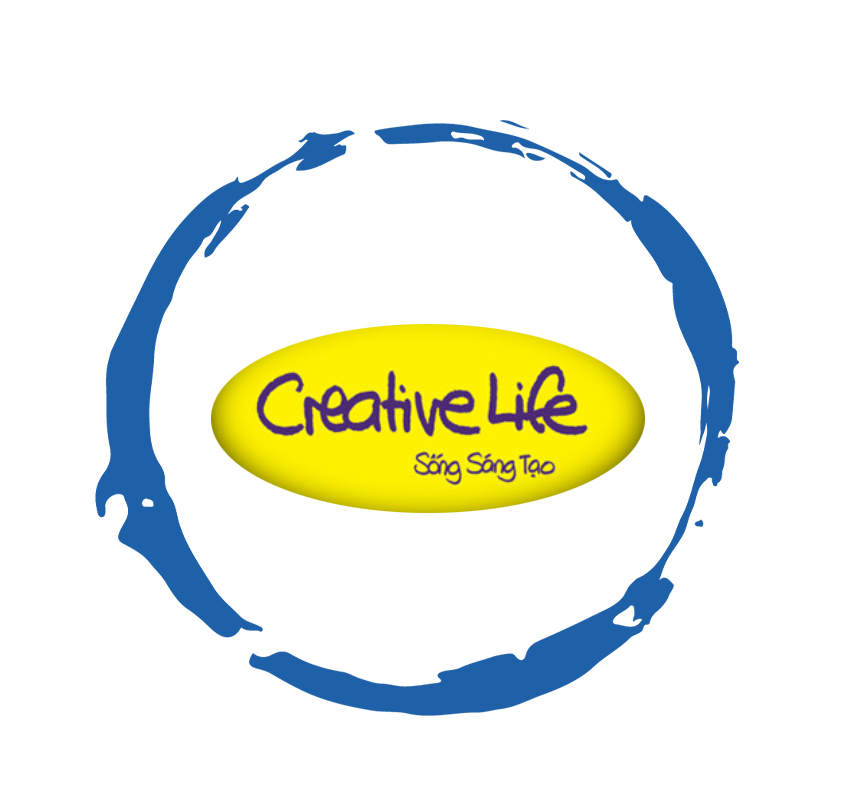
Rick Reid - Creative Director

Janine Katzberg - Projects Director

Anya Nipper - Project Coordination Director

Dr. Jean-Marcel Guillon - Chief Executive Officer

Joyce - Pricing Manager

Matt Thwaites - Commercial Director
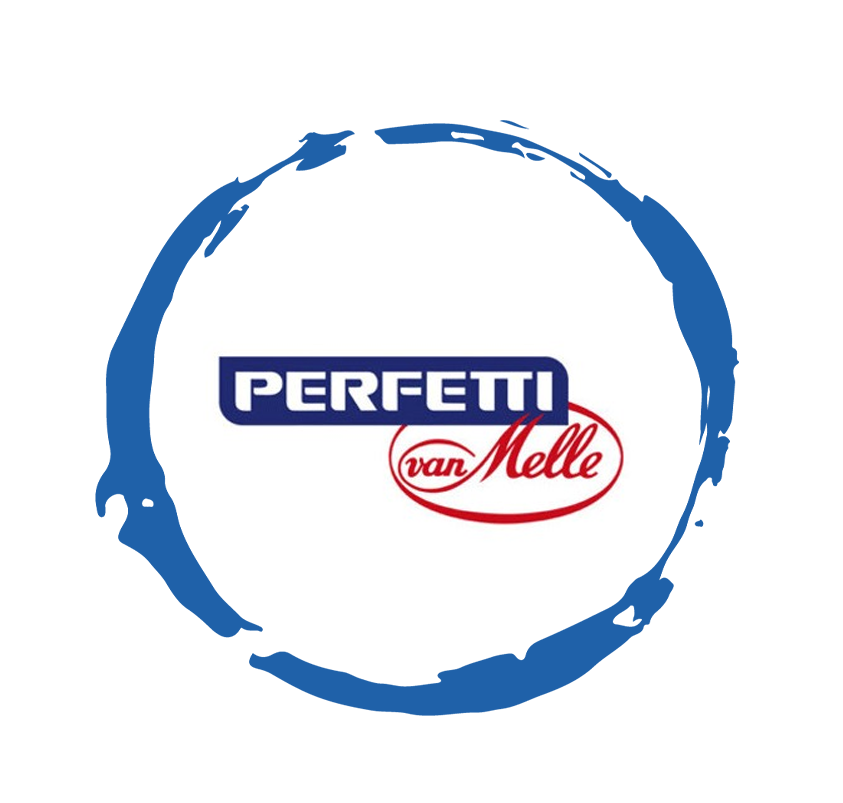
Aashish Kapoor - Head of Marketing

Kelly Vo - Founder & Host
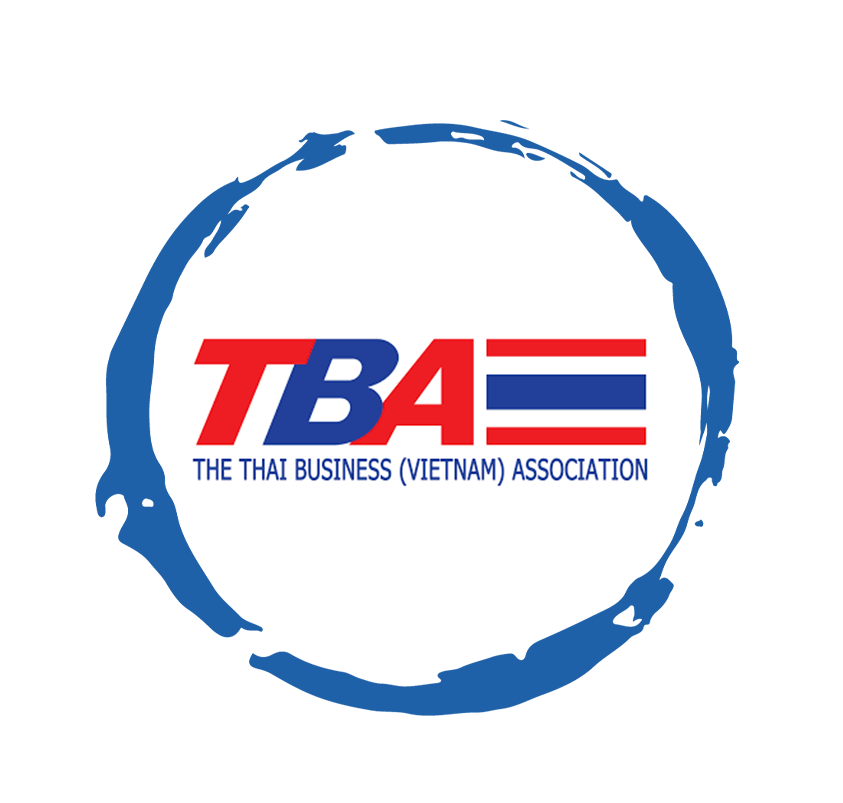
Thanyachat Auttanukune - Board of Management
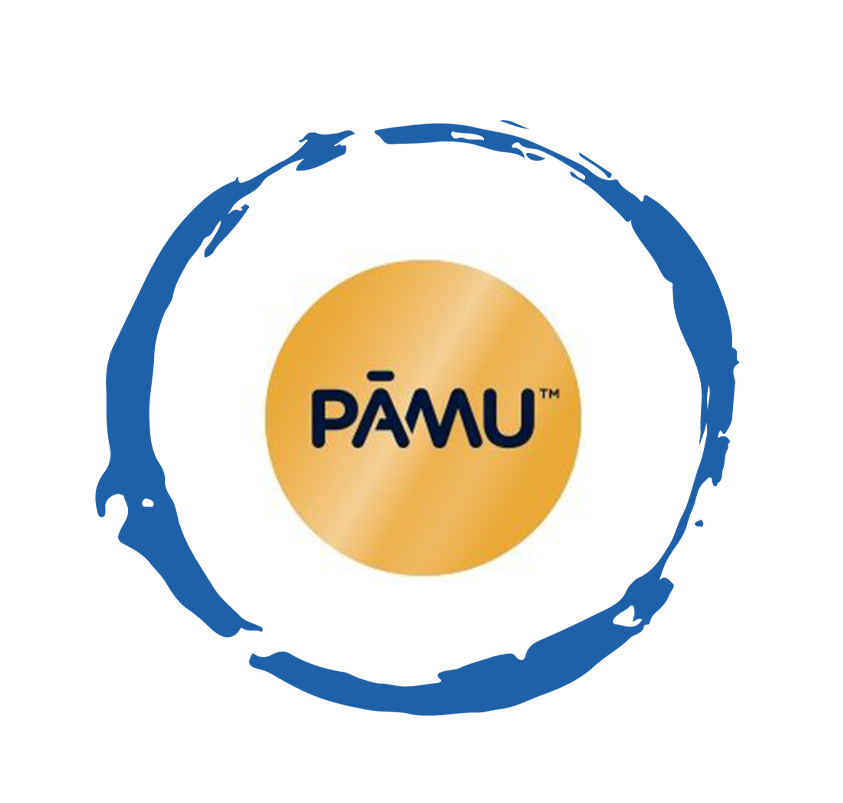
Hamish Glendinning - Business Lead

Thuy Le - Consumer Insight Manager
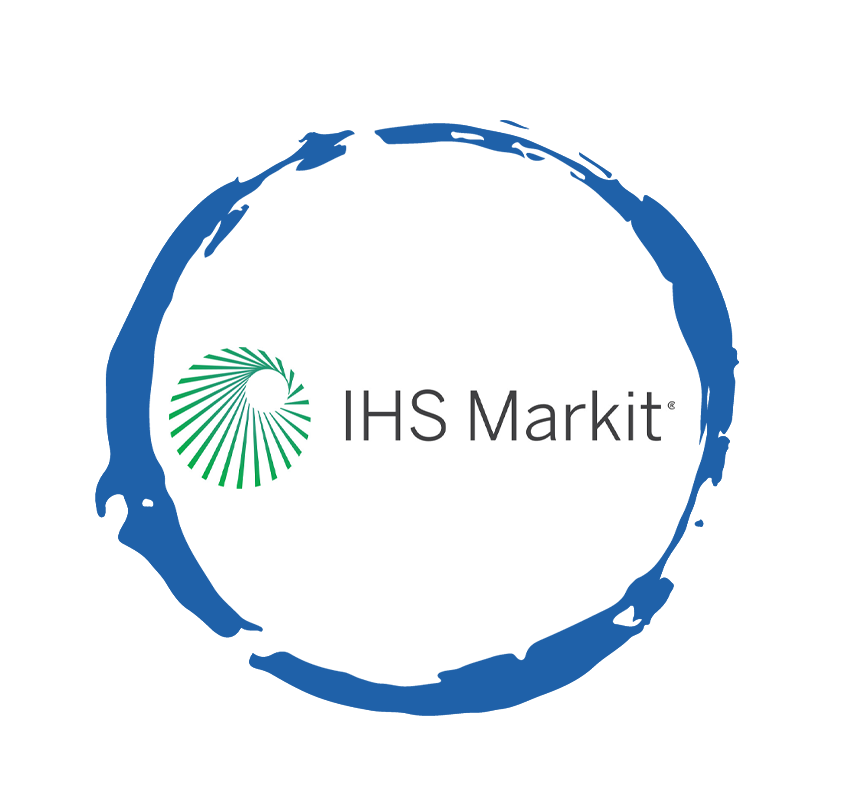
Richard Willis - Director

Ha Dinh - Project Lead
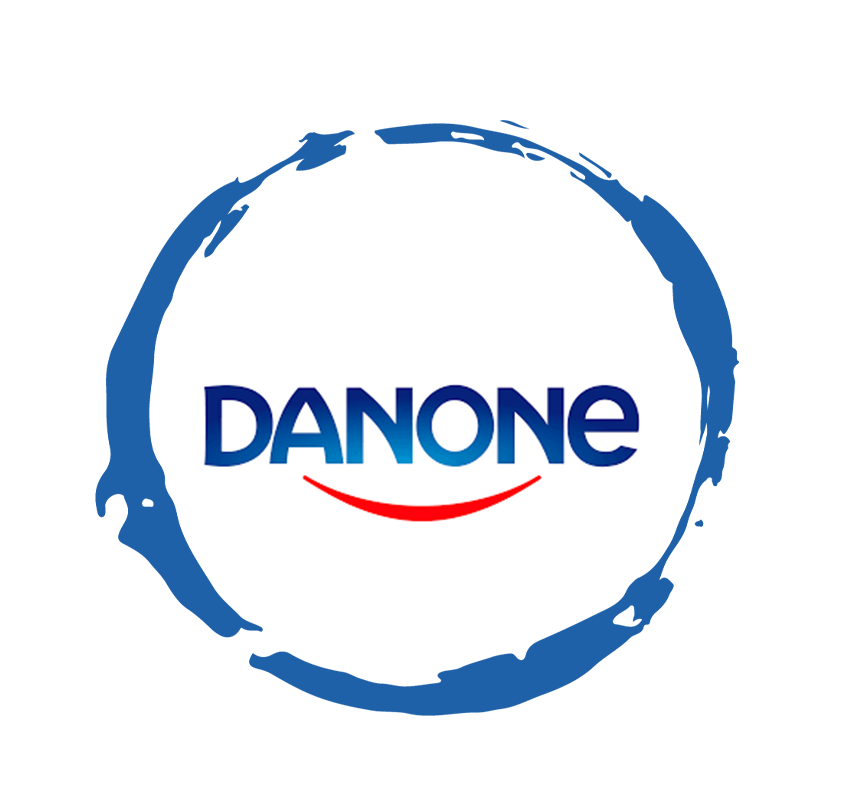
Geert Heestermans - Marketing Director

Louise Knox - Consumer Technical Insights

Aimee Shear - Senior Research Executive

Dennis Kurnia - Head of Consumer Insights

Tania Desela - Senior Product Manager
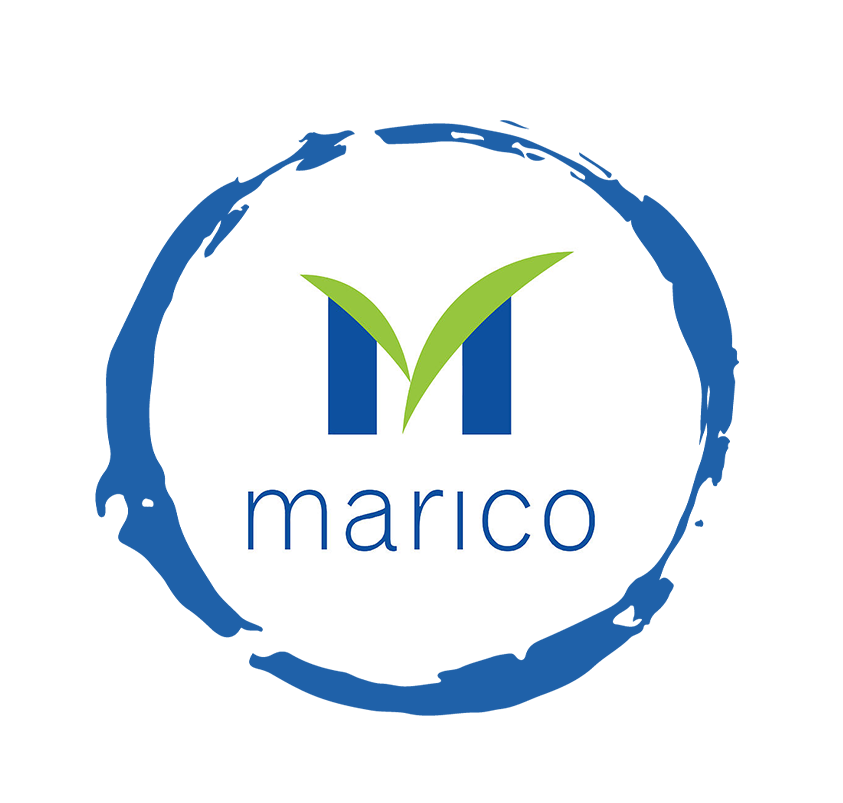
Thu Phung - CTI Manager
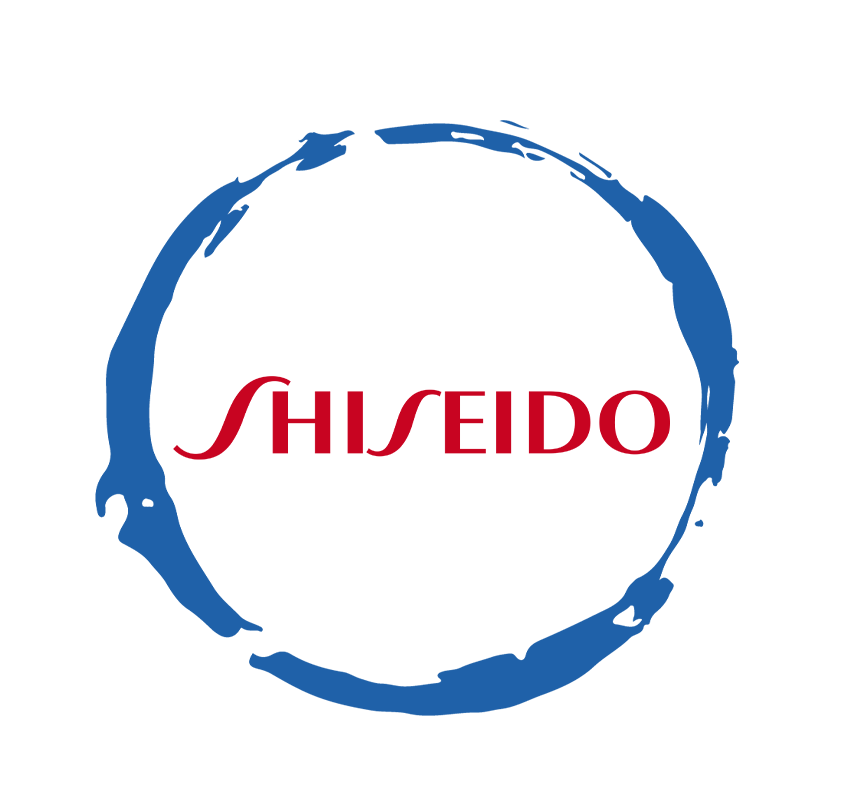
Linda Yeoh - CMI Manager

Cimigo’s market research team in Vietnam and Indonesia love to help you make better choices.

Cimigo provides market research solutions in Vietnam and Indonesia that will help you make better choices.

Cimigo provides a range of consumer marketing trends and market research on market sectors and consumer segments in Vietnam and Indonesia.

Cimigo provides a range of free market research reports on market sectors and consumer segments in Vietnam and Indonesia.
Please enter the information for free download.
The report will be sent to your email.
When downloading our reports, you agree to be contacted for marketing purposes.
Please enter the information for free download.
The report will be sent to your email.
When downloading our reports, you agree to be contacted for marketing purposes.
Vui lòng điền thông tin vào biểu mẫu bên dưới để tải về báo cáo miễn phí.
Báo cáo sẽ được gửi vào email bạn điền ở bên dưới.
Khi tải xuống các báo cáo của chúng tôi, bạn đồng ý được liên hệ cho mục đích tiếp thị.
Xin cảm ơn. Một email kèm với đường dẫn tải báo cáo đã được gửi đến bạn.
